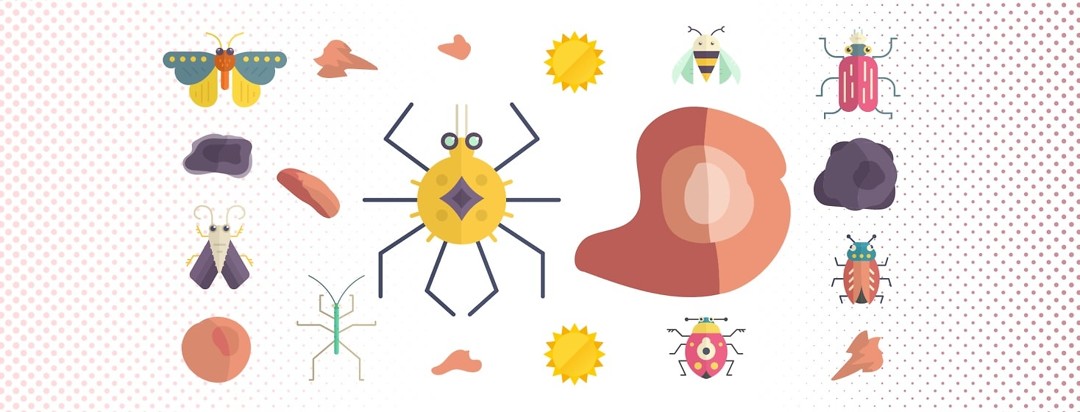Bug Bite, or Skin Cancer?
I’ve had skin cancer for so long that it’s become a way of life for me. Every day I catch myself doing a skin check for anything new or suspicious on my skin. Even after 23+ years with skin cancer, sometimes I don’t know right away if a new place is cancerous. Is it skin cancer or is it a bug bite? Could it be a basal cell carcinoma? Maybe a squamous cell? I don’t want to call my dermatologist each time I find something on my skin, but I also don’t want to delay treatment if something is skin cancer. What to do, then?
Watchful waiting
I’ve found that what works best with me is a short wait-and-see approach. If I see a new area that wasn’t there the day before, I try to not immediately stress about it. I’ve realized that 95% of the time, the area goes away within a few days to a week, which makes me believe it was either a bug bite or a reaction to something. I keep an eye on it each day (okay, multiple times each day), watching for changes.
When it doesn’t go away right away, though, I’m more inclined to want to call my dermatologist, but I still don’t call her after just one week. I’ve had a few suspicious areas that have taken a couple of weeks to disappear, never to be seen again. Once it’s been hanging around a few weeks, it’s probably time to make the call.
How do you tell the difference between skin cancer and a bug bite?
It’s not always easy. A painful patch on your skin could be a sign of skin cancer, but it could also be an insect bite. If it’s an itchy spot, it could be a sign of skin cancer, but it could also be an insect bite or an allergic reaction to something.
The Skin Cancer Foundation provides a list of warning signs of skin cancer1:A scar-like area that is white, yellow or waxy, with the skin appearing shiny and taut. This may indicate the presence of an invasive basal cell carcinoma.An open sore; this area may bleed or ooze, scab over, then continue the process and never fully heal. This is a very common sign of basal cell carcinoma.A reddish patch or irritated area. These areas are frequently found on the face, chest, shoulders, arms or legs. They may itch or hurt, or there may be no discomfort.A shiny bump or nodule; this can be pearly or clear in color, but can also be pink, red, or white, or even tan, black or brown in dark-haired people and can be confused with a mole.A pink growth with an elevated border and crusted indentation in the middle, which slowly grows larger. Blood vessels may appear on the surface as the area grows.Don't be afraid to call the doctor!If you have any areas that look out of the ordinary and won’t go away, it’s time to call your dermatologist to have them checked. If they don’t turn out to be skin cancer, you’ll have the peace of mind that all is well, and if they are skin cancer, the earlier you get treatment the better!Community Poll
How often to do you speak to family and friends about skin cancer?

Join the conversation